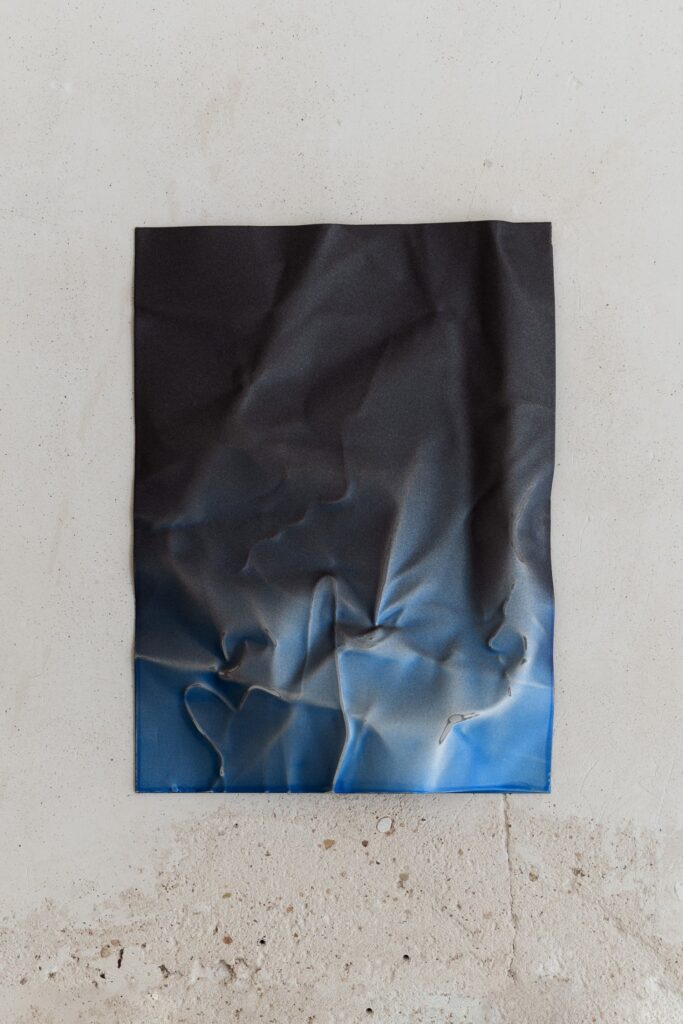show
Patty Horing
JUST BETWEEN US
Just Between Us’ brings the work of New York City-based artist Patty Horing to Germany for the first time, with this solo exhibition at PERG Gallery.
Known for psychologically oriented portraiture, Horing will present eight figurative paintings, all oil on linen, and a selection of small scale bronze sculptures, some of which are also depicted in the paintings. Through expressive portraits of people at different stages of life in a variety of circumstances, Horing simultaneously shows us the uniqueness of each individual and a deeply relatable feeling of common human experience. The subjects’ surroundings, clothing and gestures reflect aspects of personal desire and identity, creating a rich tapestry of psychological depth. Often the paintings feature couples or families, and their relative compositional attitudes allude to the nature of their bond.
In this way, Horing‘s paintings capture not only the surface but also the inner lives of her subjects, weaving a narrative that connects individual identities to the broader cultural context. Horing’s style is characterized by a confident and fluid handling of paint that combines close attention to detail with expressionist mark making. Her lush brushstrokes contribute a dynamic flow to the imagery. Her particular palette of heightened colors confers a lively energy in and around her figures, creating a sense that they exist in a world of their (or Horing’s) own making.
“PERG invites the community to join us for this engaging exhibition that asks viewers to explore the connections between outer appearances and inner worlds, which Patty Horing’s paintings do with insight, empathy, and humor,” says Anky Eisenbarth, gallery director.
‘Just Between Us’ promises a journey into the complexities of identity, desire, and the human psyche. That subjectivity connects the figures in the paintings to each other, while it also creates a feeling of interpersonal connection and shared experience with viewers.”
For example, the large painting ‘Red Maple’ offers up a humanist view of modern masculinity: the scene is a father in the park minding his young daughter; he is solidly present behind her, even as his gaze tells the viewer that his mind might be somewhere else. This is not a typical portrait of the patriarchy celebrating „power over“. This father is a primary caregiver responsible for the well being of his child, a modern man who redirects attention and power away from himself in service of caring for another. And like legions of mothers before him, he is experiencing both the joy and the boredom that caring for young children brings.
In ‘Twins’, the viewer sees a new mother nursing twin infants, but here we get a bird’s eye view that turns the mother’s body into topography, a place seen from above, her flesh filling the picture plane as her actual presence sustains her children. At this moment, the mother’s face is not visible, and one of the infants looks up from the breast to make eye contact with the viewer – which can also transform the viewer him/herself into the new mother for a moment.













